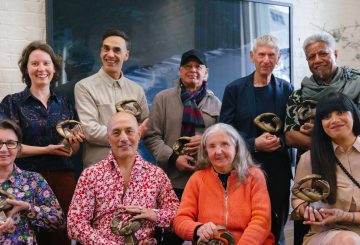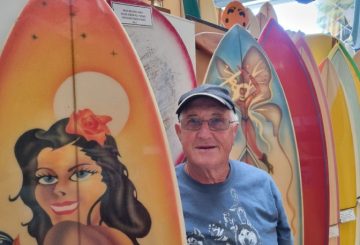예술과 문화는 특히 어려운 시기에 편안함과 즐거움을 선사합니다.웰빙을 증진하고, 커뮤니티를 통합하고, 사회적 유대를 강화합니다.
하지만 뉴질랜드의 크리에이티브 부문은 위기에 처해 있습니다.정부가 크리에이티브 뉴질랜드 토이 아오테아로아 (Creative New Zealand Toi Aotearoa) 에 2천 2백만 뉴질랜드 달러를 추가로 기부했지만, 이 부문의 재정적 어려움으로 인해 마나투 타옹가 문화유산부는 보다 광범위한 전략을 수립하지 못하고 있습니다.
지난 3년 동안 팬데믹으로 아오테아로아의 예술계는 혼란에 빠졌습니다.오클랜드의 사일로 극장 (Silo Theatre) 은 2023년 프로그램을 중단하면서 팬데믹이 예술 기금 및 관람률에 미친 영향을 강조했습니다.오클랜드의 홍수와 사이클론 가브리엘의 파괴와 같은 최근의 사건들은 예술 회복을 더욱 방해했습니다.오클랜드 프라이드는 혼란을 겪었고 네이피어 아르데코 페스티벌은 취소되었습니다.
크리에이티브 부문의 재정이 우려되고 있습니다.2019년 크리에이티브 전문가의 연평균 소득은 NZ$36,000로, 이는 생활 임금보다 낮습니다.인플레이션으로 인해 아티스트와 관객 모두의 비용이 증가하고 있습니다.자금 조달 수요에도 불구하고 Creative New Zealand의 보조금 수혜율은 감소했습니다.신청 한도가 250건으로 제한되었던 최근의 펀딩 라운드는 24시간 만에 시작 및 마감되어 아티스트들의 스트레스가 가중되고 있습니다.
문화유산부는 팬데믹 기간 동안 핵심 예술 및 문화 활동을 소홀히 하는 등 새로운 자금 지원 계획을 시행해 왔습니다.COVID 복구 기금이 곧 종료됨에 따라 장기적인 정부 전략의 부재가 우려되고 있습니다.
이에 비해 예술에 대한 호주의 접근 방식은 좀 더 적극적입니다.Jacinda Ardern의 노동당 정부는 예술에 대해 긍정적으로 말했지만 실제 투자는 부족했습니다.반면 호주의 앤서니 알바니즈 노동당 정부는 리바이브 내셔널 컬처 정책에 4년간 2억 8천6백만 호주 달러를 투자하고 있습니다.이를 통해 뉴질랜드는 포괄적인 문화 정책을 수립하는 방법에 대한 통찰력을 얻을 수 있습니다.
뉴질랜드의 경우 국가 전략을 통해 자원을 극대화하고 응아토이 (ngātoi, 예술 및 창의적 표현) 의 중요성을 강조할 수 있습니다.응아토이는 정신적, 영적 건강에 필수적인 것으로 여겨지고 있습니다.





























































